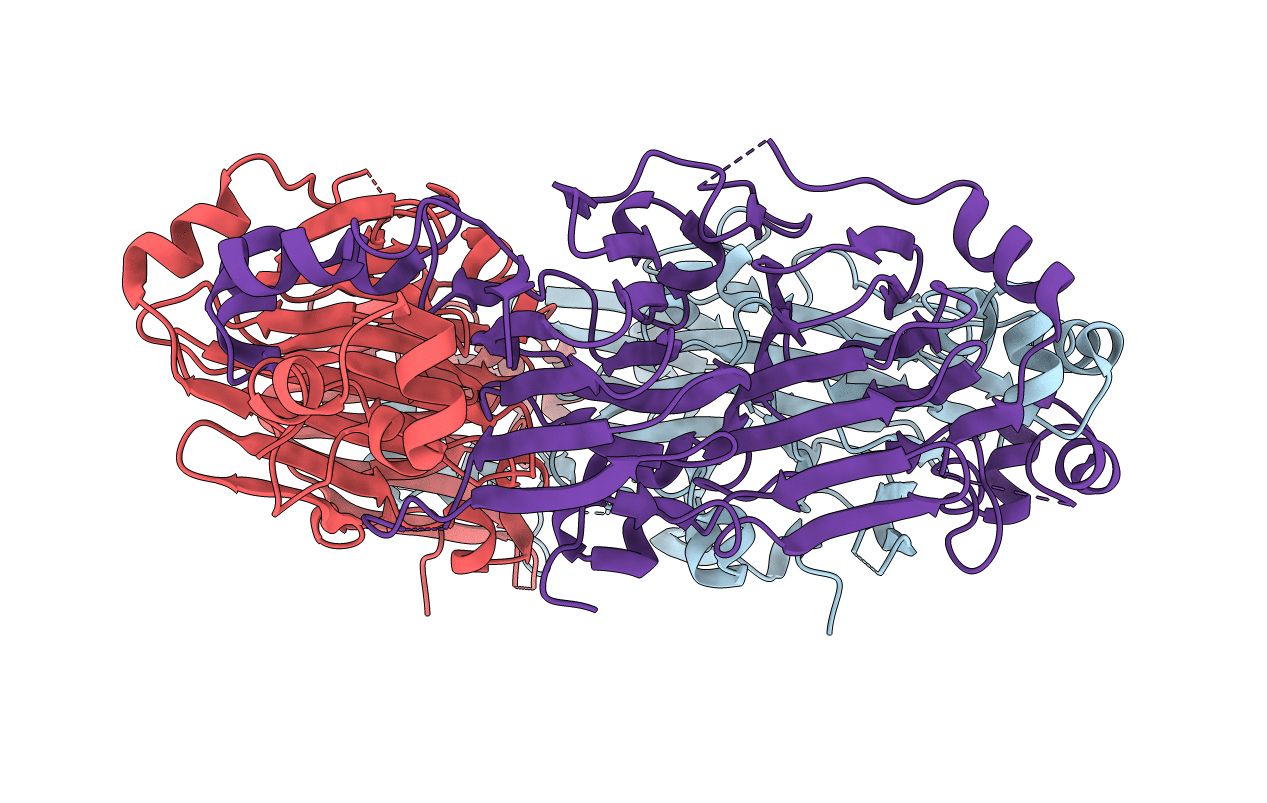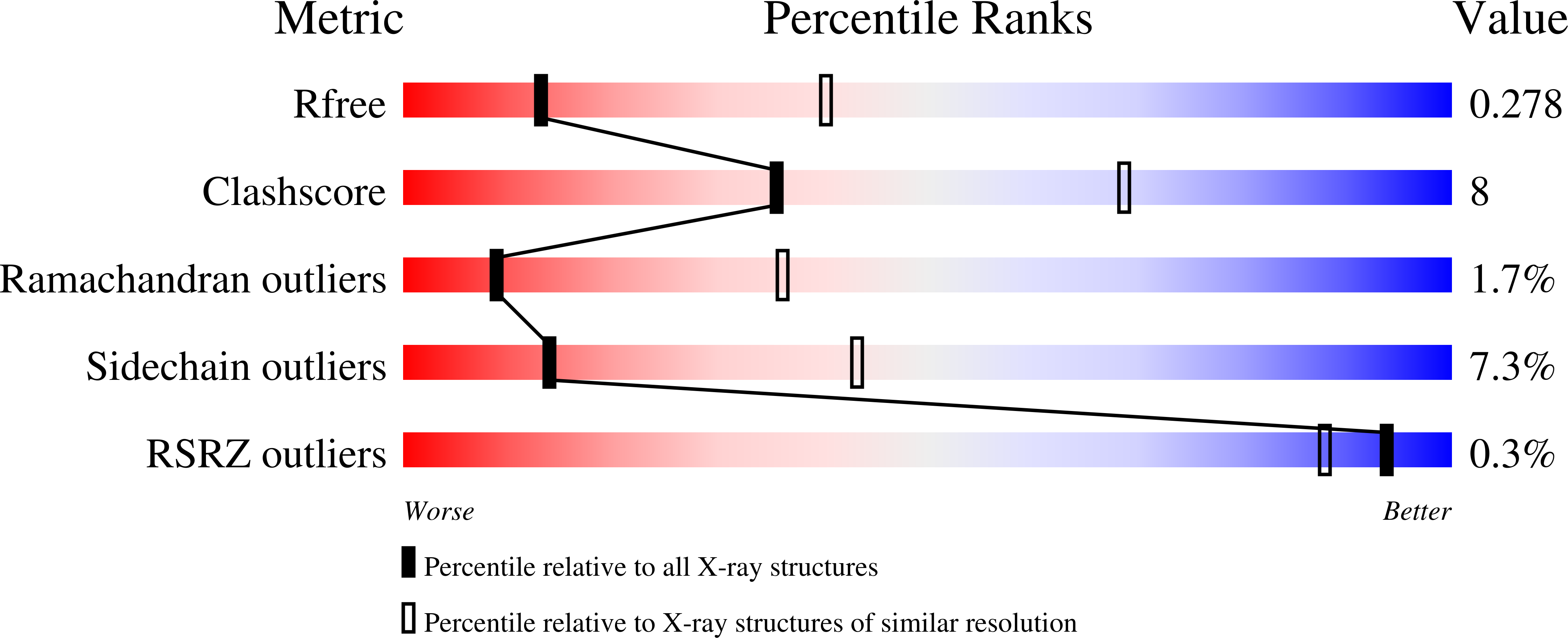
Deposition Date
2022-02-21
Release Date
2022-03-16
Last Version Date
2023-10-25
Method Details:
Experimental Method:
Resolution:
3.10 Å
R-Value Free:
0.28
R-Value Work:
0.18
Space Group:
P 1 21 1


